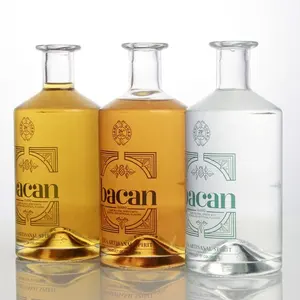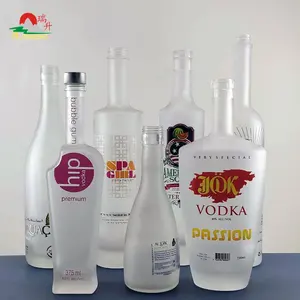The quality and type of glass used for wine bottles are crucial in preserving and enhancing the wine's characteristics. For red wines, glasses with full, round bowls are preferred as they allow for ample air contact, which is essential for drawing out complex aromas and flavors. The tall glass with a broad bowl is designed to reduce the impact of ethanol on the nose and soften tannins, enhancing the wine's rich flavors.
White wine glasses, on the other hand, have a smaller, more U-shaped bowl to preserve aroma and maintain cooler temperatures. The design of glasses with a larger opening balances the aroma and taste, while glasses with a tall and slender bowl capture delicate floral notes.
Dessert wine glasses, being smaller due to higher alcohol content, focus on enhancing the wine's sweetness. Glasses with a narrow mouth concentrate the wine's aromas and directs the wine to the back of the mouth to emphasize sweetness without overwhelming.
Rosé wine glasses vary depending on the age of the wine; a glass with a flared lip is suitable for young rosé wines, enhancing their crisp flavor, while a glass with a slight taper is better for mature, full-bodied rosés, pushing the aroma to the top.
Lastly, sparkling wine glasses, such as the upright, narrow bowl design, preserve carbonation and flavor. The distinct shapes of these glasses, from broad and shallow to long and narrow, are designed not just for aesthetic appeal but to enhance the drinking experience by focusing on the unique properties of each wine type.

































 浙公网安备 33010002000092号
浙公网安备 33010002000092号 浙B2-20120091-4
浙B2-20120091-4